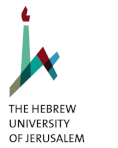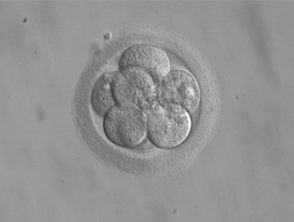Transparency has recently become a renewed goal among politicians, researchers, and professionals across fields, and the judicial system is no exception. Transparency in the judicial system promotes public trust and secures the right to a fair trial. Analyzing court judgements bring the public closer to transparency, telling a lot, not only about the judicial system, but also about justice voting patterns and political and social issues that repeatedly make their way through the ranks of the judicial system.
The Israeli Supreme Court (ISC) hears thousands of cases each year, and judgements are available on the ISC website for the public to view. While the court system is technically accessible, ease of access for broad-scale analysis is limited. In the past, researchers interested in studying these dynamics individually went through past hearings, manually coding relevant cases, one by one, to extract data pertaining, for example, to final decisions or appeals processes. Until recently, this was a tedious process that couldn’t be replicated across research groups.
About a year and a half ago, Dr. Keren Weinshall-Margel, of the Faculty of Law at the Hebrew University, along with Prof. Lee Epstein, of the School of Law at Washington University in St. Louis, and Mr. Andy Worms, computer programmer and Israeli freedom of information activist, set out to make ISC hearing data more accessible. Together they built the Israeli Supreme Court Database, a data-centered database unprecedented in judicial law research. The main goal in constructing the database was to ensure an accessible, high-quality, reproducible, and uniformly coded dataset that easily allows autonomous classification of future cases1.
The database includes every case opened by the Court between 2010 and 2018 that was heard by a panel of at least three judges and is divided into two parts: case-centered data (16,109 disputes) and justice-centered data (48,634 individual justice votes). For each entry, over 60 parameters are included including lawyers, respondents, number of hearings, legal issues, outcome, and wordcount. Data was mined from digital records on the ISC website using a combination of automatic coding with manual validation and manual classification to fill in gaps arising from lack of uniformity in case summaries.
Since its establishment, Weinshall-Margel et al. have found several interesting trends. For example, most Supreme Court cases are decided unanimously in Israel, and compared to many other countries, the ISC has far fewer recorded minority opinions, only about 1% 2,3. Interestingly, it was found that justices with more seniority offer more minority decisions than less experienced judges3,4.
The database also uncovered a relatively high rate of accepted appeals in cases against the State of Israel. Between 32-38% of appeals to the ISC, depending on category (e.g. criminal, civil) are accepted. Moreover, the rates of settlements and voluntary dismissals of appeals and petitions are non-trivial suggesting that justices often serve the role of mediator more-so than judge3,4.
These findings are just a taste of what can be extracted from the rich ISC database and because of its open-access structure, it is only a matter of time before transparency in the ISC is brought to a new level. You are invited to visit the database for yourself: http://iscdbstaging. wustl.edu/data.





